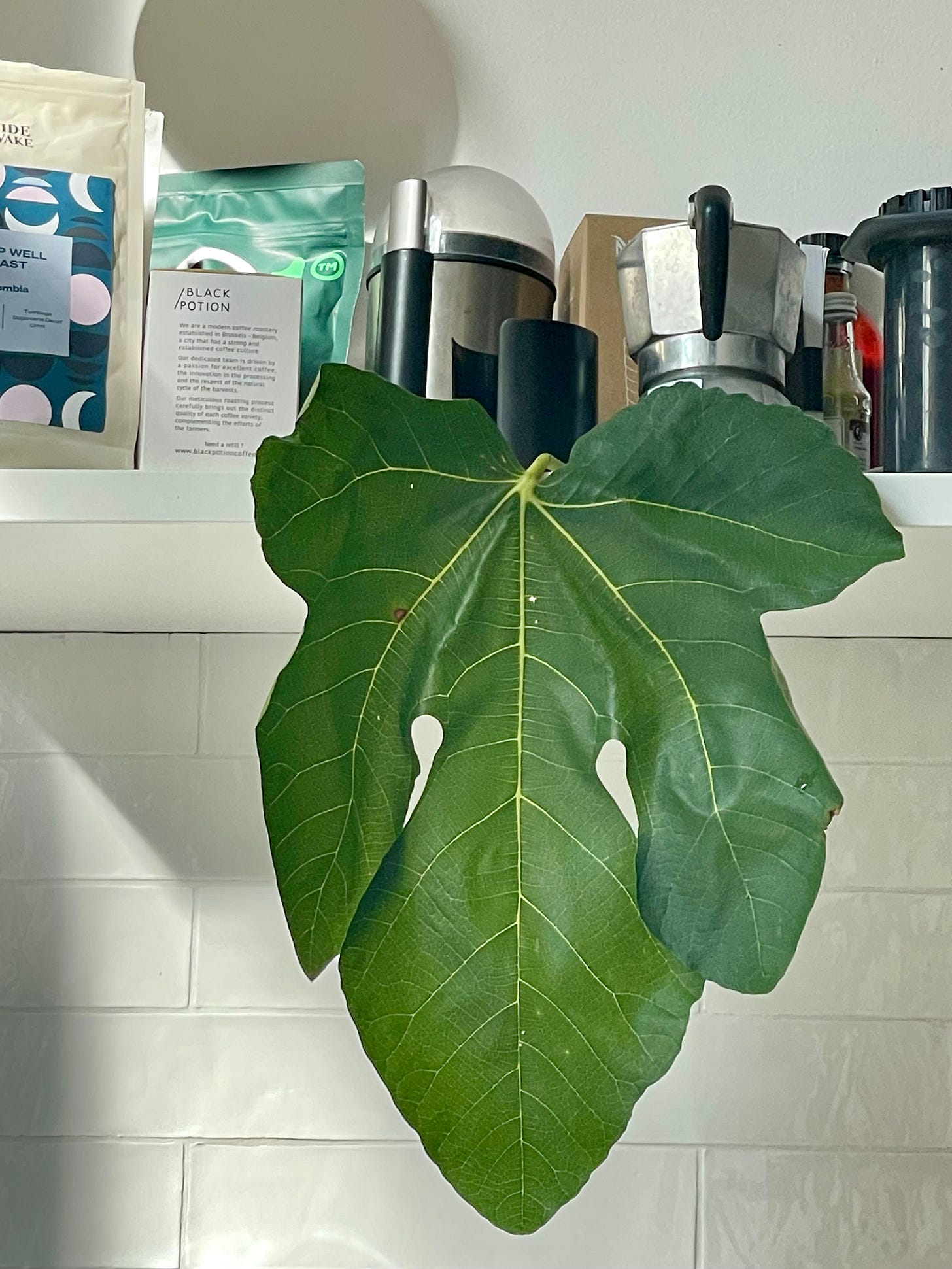Hello, and welcome to Newsletter No 73 here on Substack! Thank you for stopping by. If you are already subscribed - THANK YOU! Seeing thousands of you read my newsletters each month means the world to me! And if you are not yet a subscriber, hit the link below if you are interested in recipes as well as tips and tricks to make the most of our modern pantries!
If you are already subscribed, please consider upgrading to a PAID subscription - to support the recipe testing and the excessive caffeine consumption that fuels this newsletter.
Also, did you know that if you hit the ❤️ at the top or bottom of this post, it makes it easier for people to find this newsletter? (And also puts a huge smile on my face!)
If you don’t already follow me on Instagram, why not head over there to follow my baking and cooking experiments and culinary adventures in Brussels and elsewhere in real time?
If I ever receive a restraining order it will be fr…
Keep reading with a 7-day free trial
Subscribe to Real Simple Food to keep reading this post and get 7 days of free access to the full post archives.




